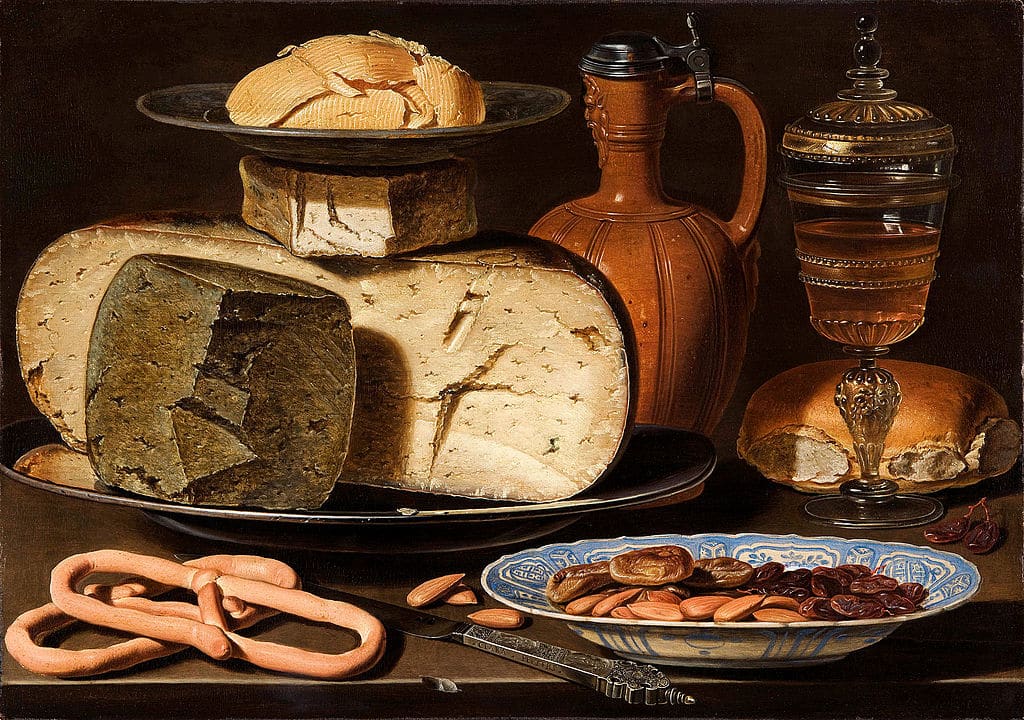

The oldest known English book about cheese has been made public for the first time. Researchers at the University of Leeds have digitized the 16th-century manuscript, offering a rare look into how cheese was made and understood in Tudor England.
Written by hand around 1580, the 112-page book had remained hidden for centuries. It surfaced at auction in 2023, where the University of Leeds acquired it with help from a charity that supports library collections. Today, it is part of the university’s Cultural Collections and is available to read online.
The manuscript, titled “A pamflyt compiled of Cheese, contayninge the differences, nature, qualities, and goodnes, of the same,” explains the different types of cheese, their qualities, and beliefs about how they affected health. Some descriptions may surprise or even unsettle modern readers.
A team of Tudor history experts at Kentwell Hall carefully transcribed the original text to make it easier for people today to understand. Their version appears alongside a digital scan of the old pages, keeping the manuscript’s original handwriting visible.
Food historian Peter Brears said the book highlights England’s long tradition of cheesemaking. “I’ve never seen anything like it,” he said. “It’s probably the first comprehensive academic study of a single foodstuff to be written in the English language.”
Brears explained that although cheese was part of diets since ancient times, few written records from the Tudor era described how it was made or used.

Dr. Alex Bamji, a history professor at the University of Leeds, said the book’s neat handwriting stood out. She described it as a major work that combines old knowledge with the writer’s own experience.
People in Tudor England, she explained, believed food played an important role in both preventing and treating illness, and even ordinary people understood this deeply.
One passage advises readers to think about their own body type and the nature of the cheese before eating it – a reflection of early ideas about food sensitivity, long before terms like “dairy intolerant” existed. The book also suggests eating cheese at the end of a meal to help digestion, a practice still common today.
Other parts of the manuscript contain unusual claims. One warns that dog’s milk could cause early childbirth, while another mentions that cheese could be made from camel, donkey, and horse milk in some parts of the world.
Ruth Bramley, a historical re-enactor at Kentwell Hall, worked on the transcription. Although her main work involves spinning and weaving, her experience reading old documents helped her tackle the project.
Her colleague, Tamsin Bacchus, praised the author’s method of checking with local farmers when scholars disagreed, showing trust in real-world knowledge. Bacchus also highlighted debates over whether cheese could be eaten on religious fasting days. One suggested using fish guts instead of animal rennet to make cheese.
The final pages include a strange story from the ancient Greek doctor Galen, who treated painful joints by rubbing them with spoiled cheese and bacon fat. Dr. Bamji believes readers in the Tudor period likely found the tale amusing and odd rather than helpful.
The book’s author remains unknown, but notes inside suggest it once belonged to powerful Tudor families. Names such as Clement Fisher, Walter Bayley, and Edward Willoughby connect the book to the circle of the Dudley family, key figures at the royal court.
Brears believes there is much more to learn from the manuscript. He hopes future researchers will study its handwriting, language, and local references to uncover its full history.
